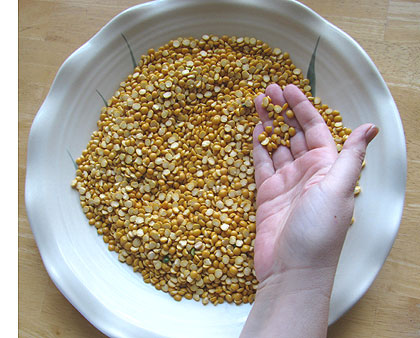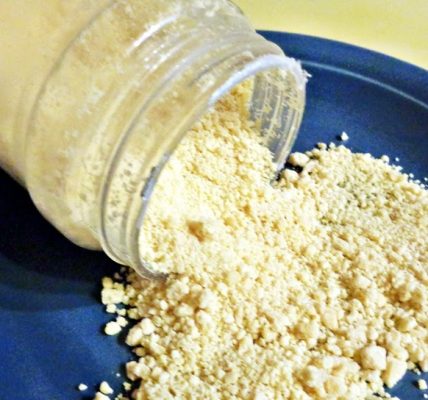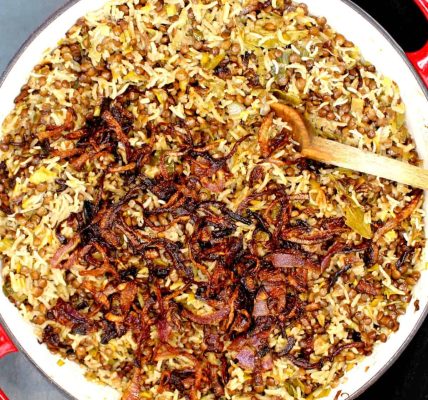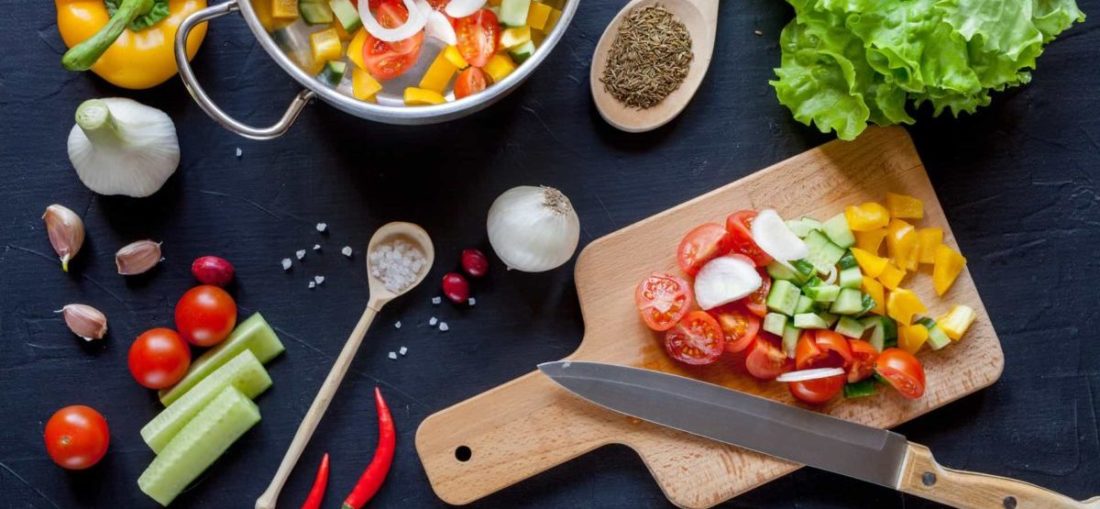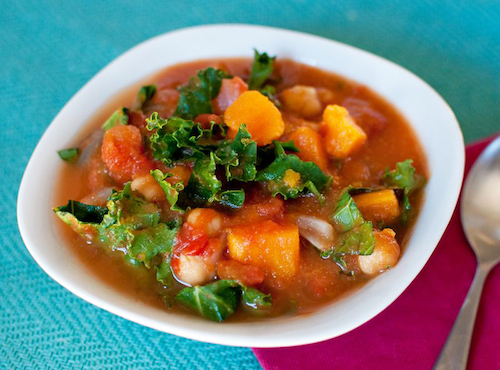Vegan Reader –

I’m sure your days are busy, like mine. You may be on your feet a lot, or in your car zipping here or there, or doing work you don’t particularly like. Here is a task, though, with which you can sit down, slow down and concentrate on simple, important work that goes toward preparing a wholesome meal for your family: sorting and cleaning legumes and grains.
If you are vegan or are moving toward a healthier whole foods diet, chances are, the bulk department of your local natural food store has become a familiar destination in your shopping trips. Our favorite grocery store has a fabulous bulk aisle that is 100{967bf23b37ec6a673a83041540b3f904a815b4119ddf673afb961c1e7592ebdd} organic and shopping in bulk keeps our food bills lower. Here, we buy our big paper sacks of brown rice, pintos, yellow split peas, lentils and other legumes, pulses and grains. When it comes time to prepare these powerhouse whole foods, the first task is to sort and clean them so that you don’t end up with unwanted items in the cooking pot.
To some, the cleaning process may seem like a boring or tedious task, but I have come to look on it almost as a meditation. I actually take my sorting tray into the living room and sit down comfortably, in a well-lighted area, to do the work. I reflect on the fact that this type of careful preparation connects me with thousands of years of caring cooks. Think of Native American women, seated comfortably in the sunshine outside their homes, sorting acorn meats from shells or turning corn into masa. Or the women of Middle Eastern countries who still work seated on the ground, sorting, grinding and cooking for their families. Think of Chinese mothers treating each grain of rice as precious for its ability to nourish the family. This is work of great value.
Here is how I turn a bulk-bought food into a beautifully cleaned ingredient, ready for cooking:
Step 1 Wash your hands well.
Step 2 Choose a comfortable seat in a well-lighted area so that you can see properly.
Step 3 Get out your largest tray, platter or cookie sheet. A large vessel enables you to spread the beans or grains out in a thin layer, making it easy to discover things you want to remove.
Step 4 Set out a small bowl or plate. Use this as a receptacle for the items you remove.
Step 5 Pour the desired amount of beans or grains out on the tray and begin inspecting.
Step 6 You may find hulls, chaff, rocks, or even other types of beans or grains mixed in that you don’t want in your dish. Work your way carefully across the beans or grains with your fingers many times over until you are sure you have found everything that doesn’t belong in the dish.
Step 7 Once you have sorted out the unwanted items, you can now wash your beans and grains. With grains, I like to put them in a mesh strainer and run cold water over them, sifting with my fingers until the water runs clear out the bottom of the strainer. Legumes, I treat differently. These I soak in a bowl in several changes of boiling water, stirring with a wooden spoon. Beans often have dirt stuck to them, and this needs to be washed off before cooking, so take the time to clean them or you will be making an accidental mud pie in the bean pot.
Step 8 Now you have beautifully sorted and cleaned your ingredient and are ready to cook.
I once read an account of a rice dish prepared for Middle Eastern royalty that required that the cook inspect each grain of rice, individually, before it went into the pot. Apparently, it was quite delicious, and while I don’t feel the need to look at every single grain, I do take satisfaction in knowing that no one will break a tooth biting into a rock in my refried beans, or get a scratchy hull in my Swedish Yellow Split Pea soup (recipe available in The Vegan Reader Cookbook). On the other hand, I do find myself looking at individual beans when I prepare pintos or Anasazi beans. Some beans are so beautiful, they look fit to make jewelry with, and I once noticed a picture on a pinto bean that looked exactly like a coyote howling at the moon. I saved the bean. I also once made a necklace from sunflower seeds, corn kernels and Anasazi beans we grew here on the family farm. I wear it when we plant our corn and it is very beautiful.
So, take your time when you are preparing the food that gives life to your body and to your loved ones. It is your time, and it can be such a peaceful, pleasant time, with the right mindset. In a world where so many people suffer from hunger, it is good to be grateful for every meal we enjoy, and to treat our food with the respect and thankfulness it merits. Happy sorting!
(c) Vegan Reader – Read entire story here.

